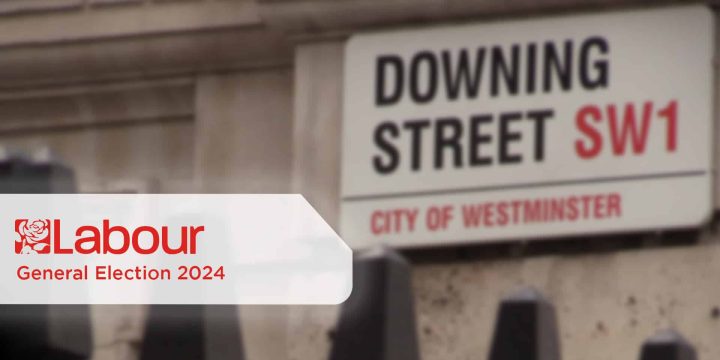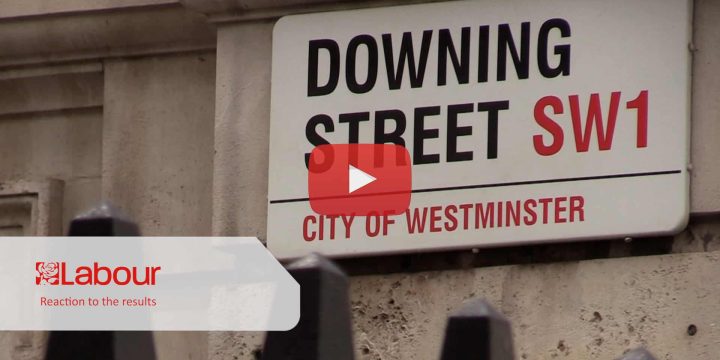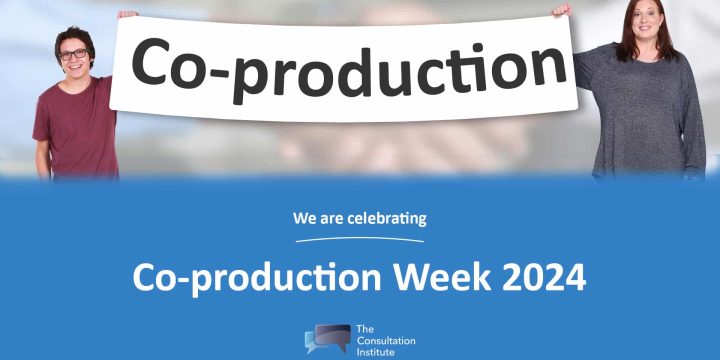News & Insights
The right to an explanation – Legal cases in Planning hold lessons for public consultations
A recent Case in the Scottish Court of Sessions examined something of an old chestnut – the extent of the common law duty to give reasons for administrative decisions.
The case in Scotland concerned Ministers approval for the controversial Mossend Railfreight terminal east of Glasgow. North Lanarkshire Council refused planning permission but the developers appealed to the Government. Ministers chose to take the final decision themselves, but appointed a ‘Reporter’ to look at the merits of the case and make recommendations. The Reporter advised against proceeding, but Ministers overruled him. The Council went to Court claiming that the Ministers had not provided a satisfactory explanation for their decision.
The duty to explain has a long but problematic history in the Courts; it has featured in regulatory decisions, immigration cases and, of course, town and country planning. Judges both in England and Wales as well as Scotland, have evolved a set of rules as to when it is appropriate for the Courts to intervene and enforce the ‘duty to explain’. In judicial language, the question is ‘whether the interests of the person making the challenge have been substantially prejudiced by the deficiency of the reasons given.’ A number of scenarios have emerged as relevant – such as when uncertainty about the rationale for decisions affect future planning policy or compromised the scope for developing alternative solutions. On these occasions, there is what the Court has described as ‘a corpus of authority that suggests that fuller reasons are required where the decision maker is disagreeing with a considered and recent recommendation’.
Alert readers may have already spotted the analogy. Public consultations regularly result in strong expressions of opinion which decision-makers need – to quote the Gunning principles to give ‘conscientious consideration’. At times, decisions are able to reflect, or at least take account of these views, but, as consultation practitioners know only too well, there are also many occasions where decisions have to be taken against the wishes of many of those who have responded. It is not quite the same as overruling a planning inspector, but wise decision-makers have always tried to explain why they take a particular action. Where a public consultation has aroused significant controversy, it is normal therefore for a final decision to be accompanied by an attempt at a convincing rationale.
The Institute has long advocated a two-stage feedback process. An Output Report should summarise what various respondents have said in their contribution to the consultation; an Outcome Report should announce what decision has been taken and explain the reasons. But how detailed an explanation is necessary? Is it possible to distil from the various planning, legal and operational precedents what might be considered as best practice?
Here are four standards we believe should be adopted: –
- Decisions following a consultation should acknowledge and address the main thrust of the arguments advanced by respondents. It is not enough to analyse responses question-by-question for the whole argument is often more significant than the sum of the parts and it is important that decision-makers publish a rationale that tackles the main issues.
- If decision-makers disagree with respondents about the impact of proposals, they must explain how they have arrived at a different judgement. As an example, in another recent case concerning the redevelopment of Shepherd’s Bush market in London, there was a dispute about whether guarantees and safeguards to existing traders were adequate. The Department of Communities & Local Government reversed the recommendations of the Public Inquiry by stating that in its view, the safeguards were The Court ruled that merely making such an assertion without explaining the reasons behind it was unsatisfactory.
- Where consultees have offered reasonable alternatives to a course of action consulted upon, it is especially important for decision-makers to consider them, and if unable to consider them further, explain why this was not possible. The legal challenge to Lincolnshire’s closure of Libraries succeeded largely because a consultation response offering an alternative solution was not properly considered. Watch out also for Petitions, which, although technically outside the scope of a consultation – could still propose ideas of relevance; reasoned explanations are essential in such circumstances .
- Explanations should be framed in such a way as to assist and support future decision-making. If stakeholders or service users have a better understanding of the reasoning behind important decisions, and where they have found consultation responses helpful, this should help everyone make better use of public engagement. Local Authorities, Police, Fire and Rescue Authorities and the NHS all benefit hugely if they enjoy the confidence of the public. This only happens if they build a reputation for listening and explaining cogently why they agree or disagree with consultee views.
Obviously there is a need to avoid re-opening already-determined matters at the end of a consultation – and we can imagine circumstances where public bodies wish to shut down debate rather than prolong a period of uncertainty. However, if we are to build public confidence in the process of consultation, the least we should do is afford those who have taken the time and trouble to respond, the courtesy of a full and intelligent explanation.
TRIGGER POINTS
- Should you review current practices regarding explanations of controversial decisions?
- The Mossend Railhead case is N Lanarkshire Council v Scottish Ministers [2016] CSIH 69
- The ‘corpus of authority’ quotation comes from the Shepherd’s Bush case – Horada v Sec of State for Communities & Local Government [2016] EWCA Civ 169
- The Lincolnshire Libraries case is Draper v Lincolnshire [2014] EWHC 2388 (Admin)
- Consider further training from the Consultation Institute
- tCI is currently looking for an intern to join our office in Bedforshire. If you know someone who might be interested, we’re keen to hear from them



